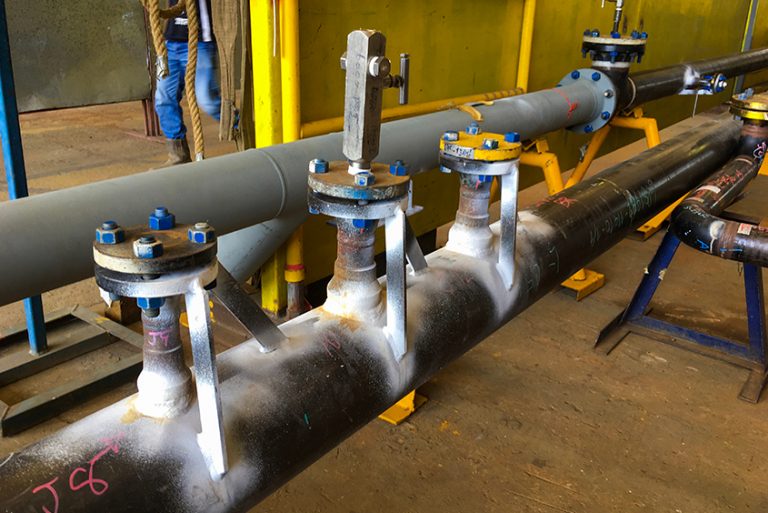
- Home
- About Us
- Services
- Products
- Pressure vessels, Columns, Towers
- Burner Booms
- Gantry/EOT Cranes
- Heat Exchangers
- Storage Tanks, Mud Tanks, Silos, Ducts and Chutes
- Skid packages-Chemical Injection Skids, Dehydration Skids, Metering Skids, Power Skids
- Structural steel, Offshore platform structure, Derricks, Flare structures
- Pre-Assembled Pipe Racks High pressure Manifolds, Exhaust Manifolds
- Pre-fabricated Piping Spools
- Projects
- QHSE
- Clients
- Careers
- Contact US

